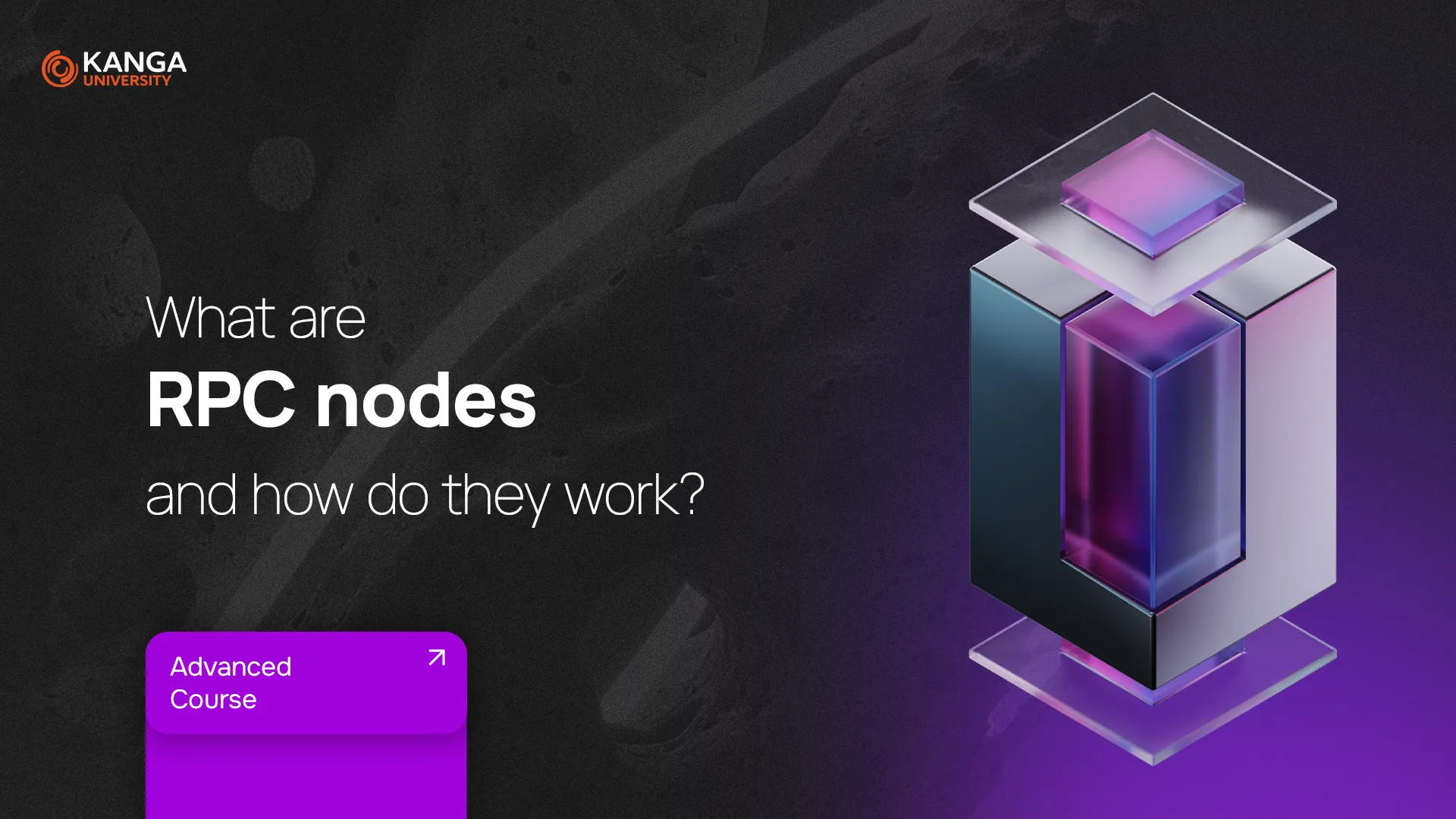
Whenever you interact with a dApp — sending a transaction, checking your wallet balance, or viewing your NFTs — your app needs to talk to the blockchain. That communication happens through something called an RPC node.
You may not see them, but RPC nodes are the backbone of Web3. They’re the bridges that connect your wallet or app to the blockchain. Let’s break it down.
What is RPC?
RPC stands for Remote Procedure Call. It’s a communication protocol that lets a program (the client) ask another program (the server) to perform a task — even if it runs on a different machine or network.
In the blockchain world, that means your dApp (the client) can ask a blockchain node (the server) to fetch information or send a transaction, without needing to know how that node is built.
What Is an RPC Node?
An RPC node is a server connected to a blockchain that processes requests from applications and users.
Whenever you use MetaMask, a DeFi app, or an NFT marketplace, your actions are sent to the blockchain through an RPC node.
Example:
When you connect your wallet to a DeFi app, the RPC node:
-
Reads the latest block data,
-
Sends your transaction to the blockchain,
-
Confirms the response and sends it back to the app.
Different chains (like Ethereum or Solana) have different types of nodes. For example, Solana offers both validator nodes and dedicated RPC nodes.
How Does RPC Work?
-
Your dApp sends a request (e.g., “check wallet balance”).
-
The RPC node receives it and checks what’s needed.
-
It fetches the data or processes the command.
-
The result is sent back to your app.
This all happens in seconds, even though it involves complex operations in the background.
What Makes Up an RPC Node?
Here’s a simplified view of the architecture:
-
Server – Executes tasks and handles requests.
-
Client – Sends the request (your wallet or dApp).
-
Communication Protocol – Usually TCP/IP.
-
Network Infrastructure – Could be LAN, WAN, or the internet.
-
Security Layer – Includes firewalls, encryption, access control.
-
Ongoing Maintenance – RPC nodes need constant monitoring and updates to stay secure and functional.
Where Are RPC Nodes Used?
RPC nodes power key parts of the Web3 ecosystem, including:
-
dApps – Enable smooth interaction between apps and blockchains.
-
System Integrations – Connect legacy systems with Web3 tech.
-
Microservices Architecture – Power modular, scalable apps.
-
Multi-chain Wallets – Communicate with different blockchains.
-
Analytics and Monitoring – Fetch and analyze massive on-chain data.
-
Interactive Interfaces – Help build user-friendly UIs across chains.
Why Are RPC Nodes So Important?
RPC nodes are essential for blockchain communication. Without them:
-
Wallets couldn’t connect to apps,
-
Transactions couldn’t be sent,
-
Smart contracts wouldn’t be triggered,
-
Developers wouldn’t be able to read or write data on-chain.
They are what make dApps actually usable — for both users and developers.
Can Anyone Run an RPC Node?
Technically, yes. But running your own RPC node is a complex task. It requires:
-
Technical knowledge,
-
Server infrastructure,
-
Network configuration,
-
Cybersecurity expertise,
-
Regular updates and monitoring.
That’s why most developers use services like Infura, Alchemy, QuickNode, or Chainstack, which offer plug-and-play RPC access to many blockchains.
Summary
RPC nodes are the invisible engines that power blockchain apps. They let wallets, dApps, and users talk to the blockchain in real time — without needing to run a full node themselves.
Whether you’re sending ETH, minting an NFT, or checking gas fees, an RPC node is helping make it happen.
As Web3 continues to grow, so does the importance of RPC infrastructure. Understanding how it works is a must for anyone serious about building or using blockchain technology.